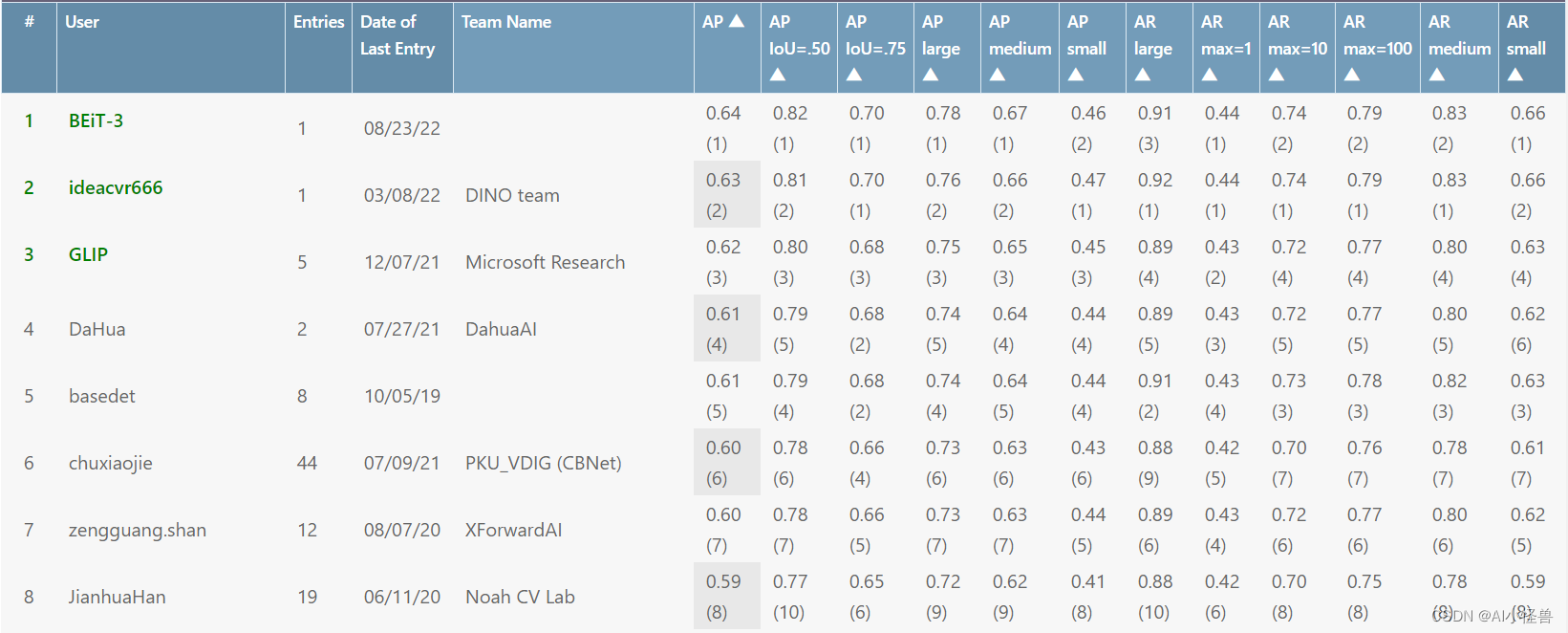1. Introduction to small goals
Target detection In the past ten years, a large number of target detection methods such as Faster R-CNN, RetinaNet, YOLO, etc. that can be used in the industry have emerged, but the problem of poor detection performance of small targets has not been completely resolved so far. Because of the proposal of Swin Transformer, the AP on COCO test-dev has been refreshed to 64, but there is still a huge gap between small target detection performance (ie APS) and large target detection performance (ie APL). From a certain point of view, one of the main reasons why COCO cannot be updated now is that the performance of small target detection is too poor.

Difficulties in small target detection
The small target referred to in this article refers to the object whose pixel area defined in COCO is smaller than 32*32 pixels. There are three core difficulties in small target detection:
- The rgb information caused by its own definition is too little, so it contains too few discriminative features.
- Imbalances in the dataset. This is mainly for COCO. Only 51.82% of the pictures in COCO contain small objects, and there is a serious image level imbalance.
- Anchor is difficult to match the problem.
Research ideas
1) Data augmentation
Data augmentation is the simplest and most effective way to improve the detection effect of small objects. By expanding the scale of small target samples, the robustness and generalization ability of the model are enhanced.
2) Multi-scale learning
Compared with conventional targets, small targets have fewer pixels available, and it is difficult to extract good features. With the increase of network depth, the feature information and position of small targets